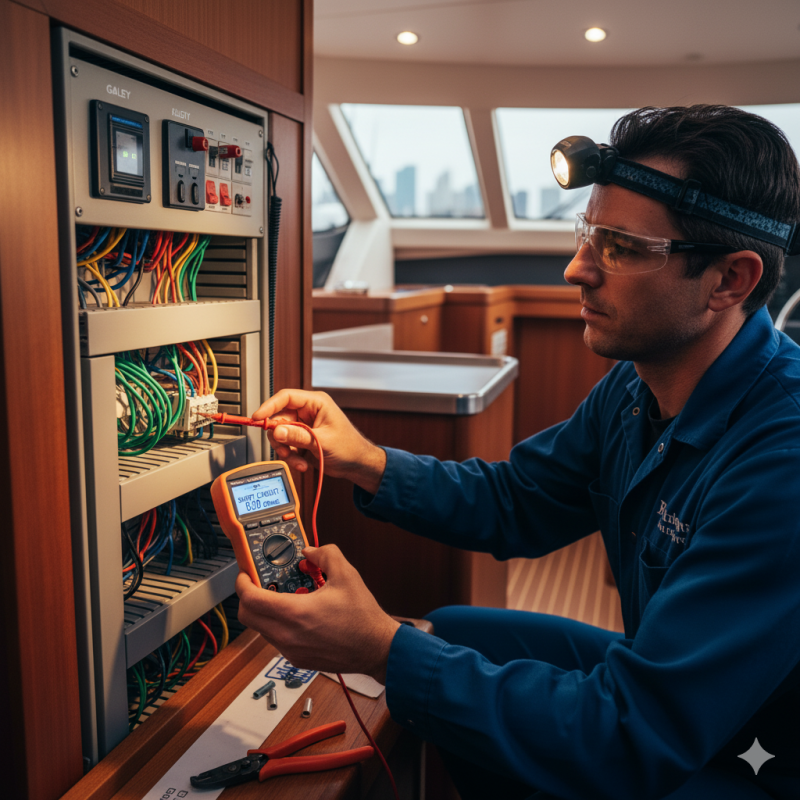
Introduction to Server Setup
Proper server setup and configuration are crucial for optimal performance, security, and reliability of your IT infrastructure.
Key Steps in Server Configuration
- Hardware and software assessment before deployment
- Installation of operating systems and required software
- Network configuration and IP assignment
- Security hardening and firewall setup
- User account and permission management
Optimizing Server Performance
- Monitor CPU, memory, and disk usage regularly
- Configure services and applications efficiently
- Use virtualization to maximize resource utilization
- Implement caching and load balancing for high-traffic environments
Server Security Best Practices
- Keep OS and software updated with latest patches
- Disable unnecessary services and ports
- Set strong authentication policies and multi-factor authentication
- Implement regular backups and disaster recovery plans
Automation and Tools
Use automation tools to streamline setup and configuration tasks:
- Configuration management tools like Ansible, Puppet, or Chef
- Monitoring solutions such as Nagios, Zabbix, or Prometheus
- Backup and restore automation tools
Proactive Tips
- Document configurations and setup procedures
- Test server setups in staging environments before production
- Regularly review performance and security logs
Pro tip: Automate repetitive server setup tasks to reduce errors and save time while ensuring consistency.
Conclusion
Correct server setup and configuration are foundational for a reliable and secure IT environment. Following best practices ensures performance, security, and scalability for your infrastructure.










